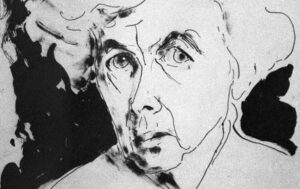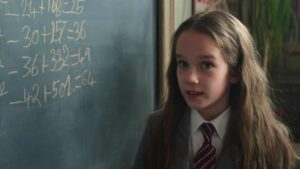Hi! Palme School is here. Today we are going to tell you about our experience of using VR-technology in geometry lessons.
We often talk about different research in psychology, pedagogy, and neurobiology.
Other texts on this topic can be read here:
Top 8 habits that will help your child's future. How to implement them - Palme School
9 questions about money and children - Palme School
Spanish scientists from the University of Madrid have conducted experiment. They implemented a virtual reality system in several high school stereometry classes.
For what? Stereometry is a section of geometry that studies three-dimensional figures. And standard teaching methods work only with drawings of two-dimensional models. This causes difficulties for students, who find spatial thinking more difficult. This is where 3D models in various forms come to the rescue. And especially virtual reality.
With VR, students can interact with the figure, exploring it even while inside.
What difficulties does this method have?
- Not always and not all schools can provide a full suite of VR equipment.
- Doubts that the method actually works rather than being introduced as a novelty of technology.
- Technical failures of the program.
- Motion sickness with weak vestibular apparatus.
To investigate the second point and the experiment was conducted.
How exactly do scientists propose to use VR tools?
- Explore figures inside and out.
- Decrease and increase to see volume changes.
- Mix figures with each other to practice proving theorems and learning axioms.
The authors of the experiment conducted such a session in an educational center in Madrid with students 13-15 years old.
The lesson was structured like this:
- Introduction to the topic of the lesson, a short survey of the students.
- An immersive meta-universe where students looked at different shapes, shrinking and enlarging them.
- "Scavenger Hunt. A game where students divided into teams and searched for different things of a certain shape and size, competing with each other for speed.
Researchers received feedback from the students:
- Abstract concepts and figures became vividly understandable even to those students who had difficulties with geometry.
- The use of VR piqued the students' interest and they gave instant feedback on the engaging nature of the lesson.
Conclusion.
Researchers felt that lessons using VR technology had high potential:
- Students are more motivated to learn.
- Students learn topics with abstract concepts and formulas more quickly.
- The class becomes more cohesive when they have enjoyable experiences together.
Researchers at the University of Madrid are going to further investigate this method. This time though they will focus on the difficulties we described above.
After all, immersive learning is increasingly being utilized across platforms. Including Palme School.
You can read a bit about our classes here:







